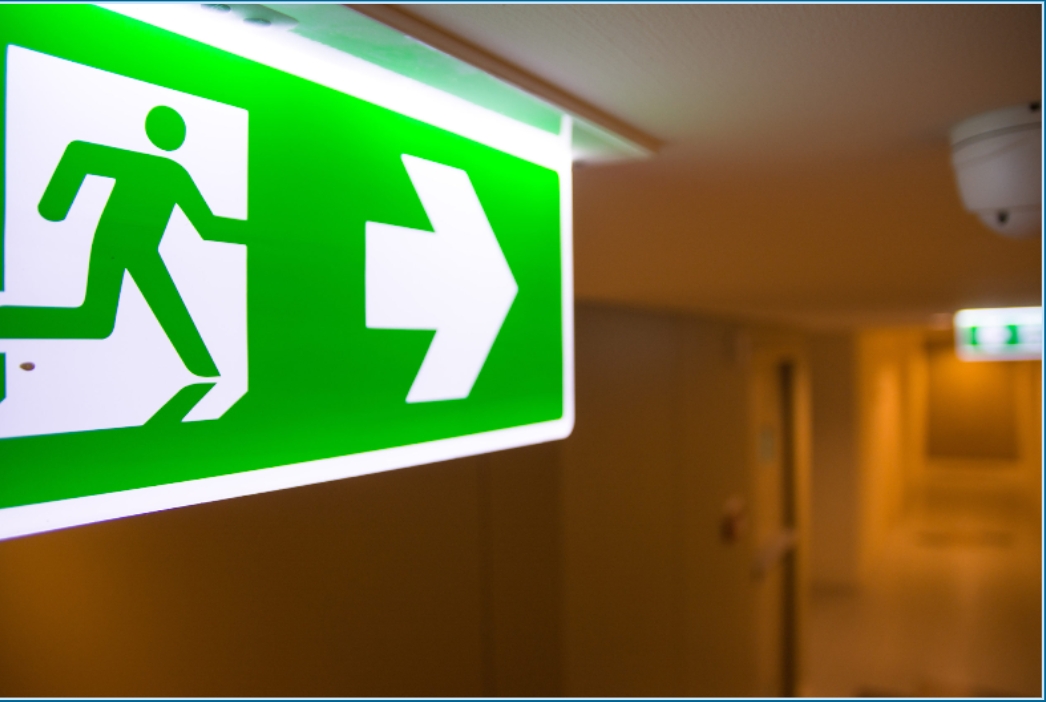Emergency lighting is a critical safety feature in residential buildings, providing illumination during power outages or emergencies to ensure safe evacuation and navigate escape routes. While emergency light certification is often associated with commercial properties, it is equally important for residential buildings to comply with safety standards and regulatory requirements. Property owners and landlords can enhance the safety of their residential properties by obtaining Emergency Lighting Cert from accredited providers. This certification validates the proper functionality and compliance of emergency lighting systems, reassuring residents and stakeholders of their safety measures. By investing in certified emergency lighting systems and adhering to safety standards, residential property stakeholders can create a secure environment and mitigate risks during unexpected situations.
Understanding Emergency Light Certification
1. Purpose and Importance
Emergency light certification verifies that installed emergency lighting systems in residential buildings meet specified safety standards and regulations. These systems are designed to activate automatically during power failures or emergencies, illuminating escape routes, stairwells, corridors, and other critical areas to facilitate safe evacuation for occupants.
2. Compliance with Standards
Residential buildings must adhere to relevant standards for emergency lighting systems, such as national building codes or standards like BS 5266-1 (British Standard) or NFPA 101 (National Fire Protection Association) in the United States. Compliance ensures that emergency lighting fixtures, battery backup systems, and illumination levels meet prescribed requirements for reliability and effectiveness during emergencies.
Components of Emergency Lighting Systems
3. Emergency Lighting Fixtures
Emergency lighting fixtures include exit signs, emergency luminaires, and bulkhead lights strategically placed throughout residential buildings. These fixtures provide essential illumination along escape routes, exits, and critical areas to guide occupants safely out of the building during emergencies.
4. Backup Power Sources
Emergency lighting systems rely on backup power sources, such as central battery systems (CBS) or self-contained units (SCUs), to maintain illumination when normal power supply is interrupted. Batteries within these systems should have sufficient capacity to power emergency lighting fixtures for a specified duration, ensuring continuous operation until power is restored.
Installation and Maintenance
5. Professional Installation
Professional installation of emergency lighting systems is essential to ensure compliance with safety standards and regulatory requirements. Qualified electricians should install emergency lighting fixtures, batteries, and backup systems according to manufacturer instructions and local building codes to optimize performance and reliability.
6. Regular Testing and Maintenance
Regular testing and maintenance of emergency lighting systems are crucial to verify operational readiness and compliance with certification standards. Scheduled tests, typically conducted annually or as recommended by standards, ensure that emergency lighting fixtures illuminate properly, batteries are charged adequately, and backup systems function as intended during simulated power failures or emergencies
Benefits of Certification for Residential Buildings
7. Enhanced Safety and Compliance
Certified emergency lighting systems enhance safety for residents by providing reliable illumination during emergencies, reducing the risk of accidents, injuries, or panic during evacuations. Compliance with certification standards demonstrates a commitment to safety and regulatory compliance, ensuring that residential buildings meet minimum safety requirements for occupants.
8. Peace of Mind and Preparedness
Certification provides peace of mind to residents, property owners, and management teams by ensuring that emergency lighting systems are properly installed, maintained, and capable of performing effectively during unexpected emergencies. Preparedness through certified emergency lighting systems contributes to a safer living environment and facilitates swift and orderly evacuations when necessary.
Conclusion
In conclusion, emergency light certification is integral to ensuring safety, compliance, and preparedness in residential buildings. By adhering to standards, installing reliable emergency lighting systems, conducting regular testing and maintenance, and prioritizing professional installation, residential properties can enhance safety measures and protect occupants during emergencies. Certification not only validates the effectiveness of emergency lighting systems but also instills confidence in residents and stakeholders that necessary precautions are in place to respond effectively to unexpected events. Investing in certified emergency lighting systems for residential buildings promotes a safer living environment, mitigates risks, and fosters resilience in the face of emergencies. For streamlined safety certifications tailored to landlord requirements, partnering with Landlord Certification ensures comprehensive solutions that meet regulatory standards and enhance tenant safety protocols, If you want to stay updated with posts like this, please follow us on.

